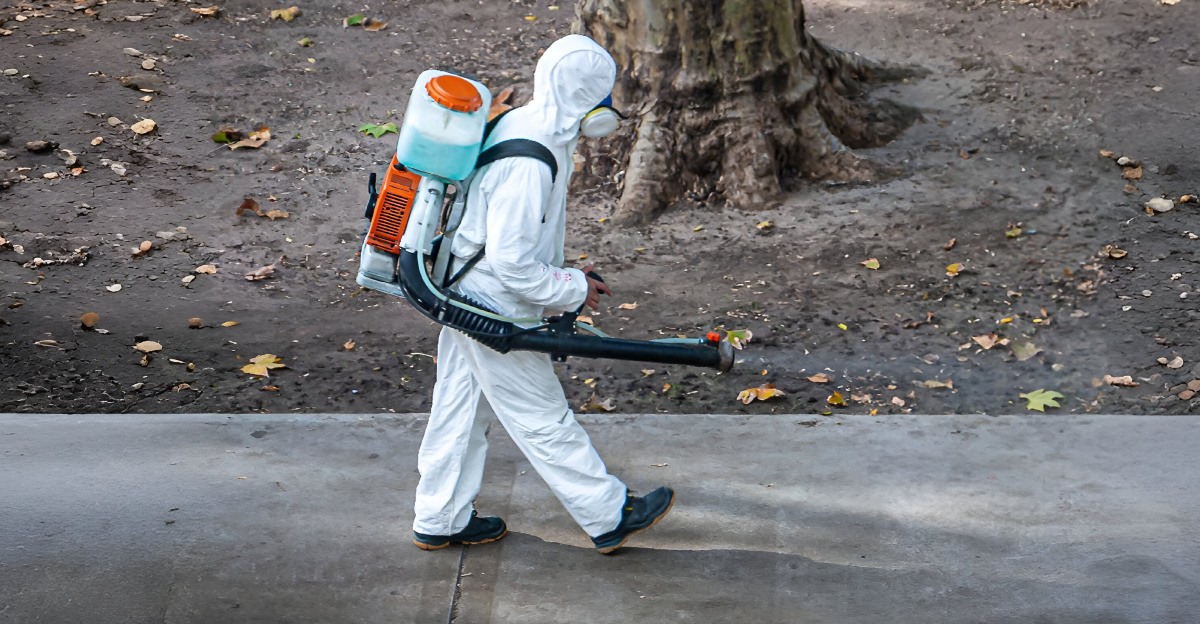
Millions of Americans are waking up to an unusual and unsettling sight: a thick, smoky haze blanketing their neighborhoods and stretching for miles across the country. The haze muddying the light and bloating the colors of the midday sky causes the plants and heat to take on a surreal, otherworldly cast.
From the bustling cities of Texas to the quiet towns of Minnesota and Michigan, residents are noticing a strange dimming of the sun and a persistent campfire scent in the air.
Seasonal weather alerts are far from unfamiliar, but these warnings feel different. They’re expressing an unfamiliar urgency, leading people to ask: What on earth is actually happening outside their window?
Air Quality Plummets
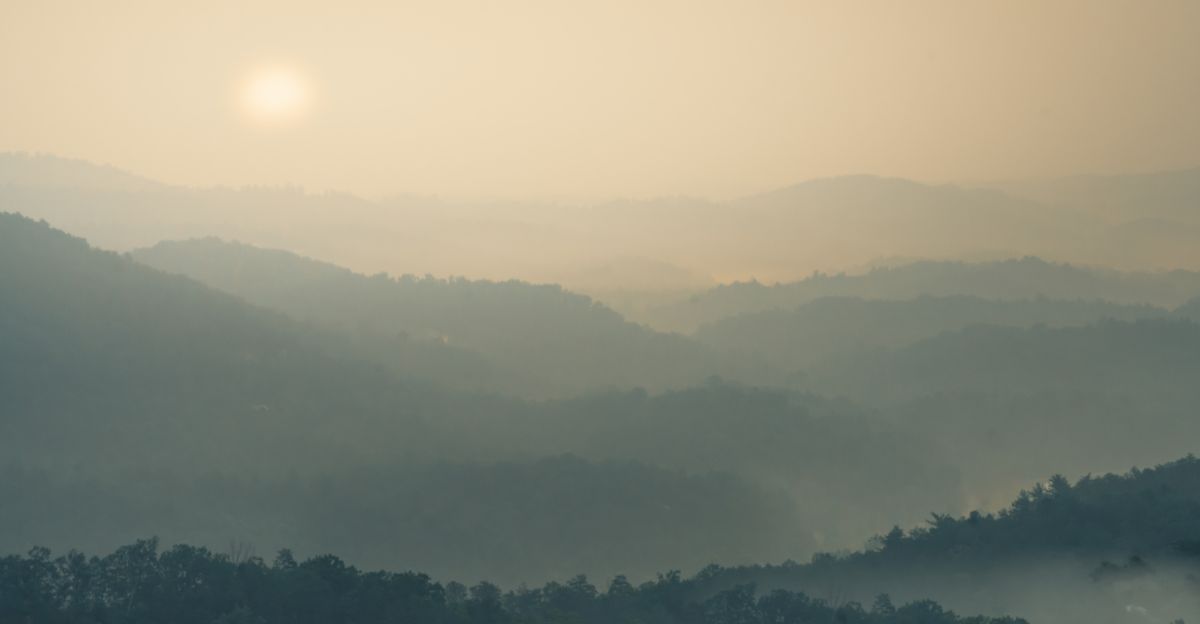
The situation is far from localized. Authorities have issued sweeping air quality alerts that stretch from the Gulf Coast to the Great Lakes, urging millions to close their windows and stay indoors.
In some regions, the air quality index has spiked into the “unhealthy” zone, impacting not only people who are sensitive to pollution, like those with asthma, but the general population, too. For many, the warnings mean a sudden halt to weekend plans, outdoor exercise, or even routine errands.
A Familiar Threat
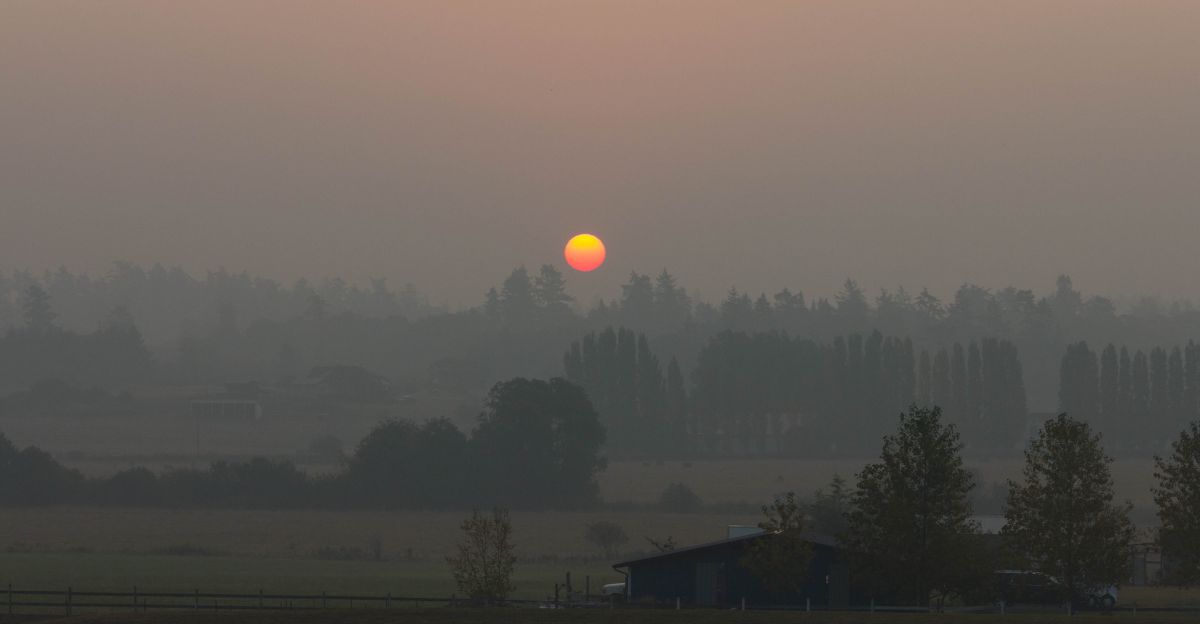
For older residents, the sight of smoky skies may stir memories of past wildfire seasons or warnings of high levels of ozone. But this time, the scale is different. Wildfire smoke, once mainly a concern for the western states, is now drifting into the Midwest and Plains.
The phenomenon has become so widespread that even people living far from the flames are being asked to take precautions, a remarkable change in how Americans perceive and respond to air pollution.
Why Now? The Perfect Storm of Pollution
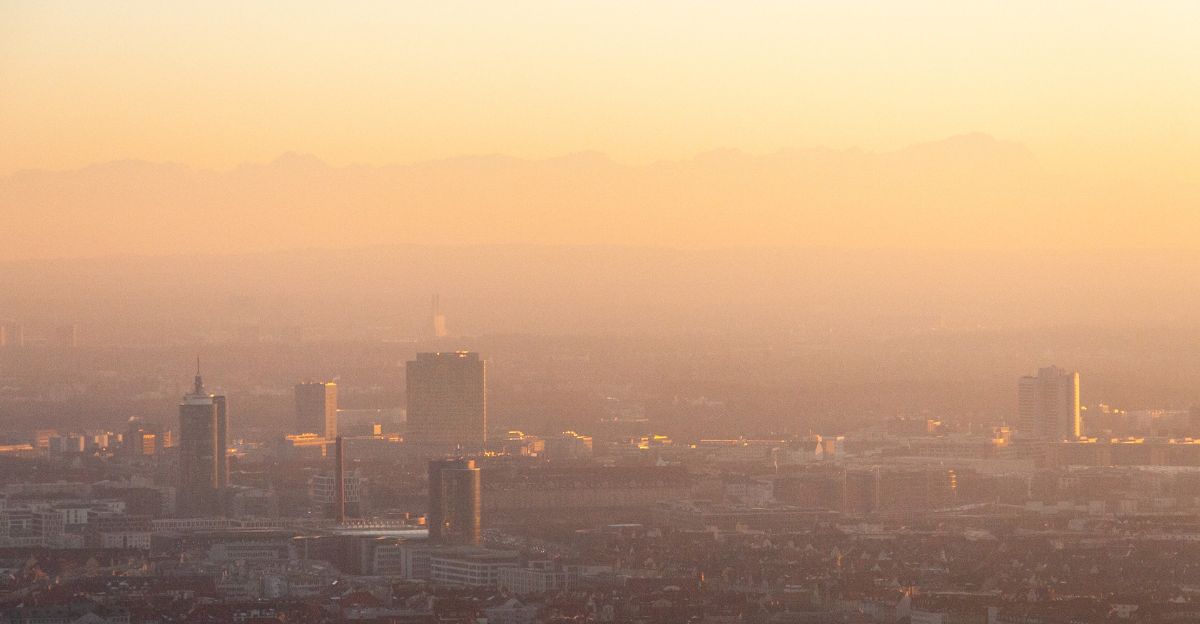
What is behind this sudden decline in air quality? In Texas, a combination of high temperatures and stagnant air has led to dangerous ozone buildup.
Meanwhile, strong northerly winds push smoke from massive Canadian blazes into Minnesota and Michigan. The result: a cocktail of ozone and fine particles that endangers the health of children, the elderly, and people with respiratory or heart conditions.
The Source Revealed
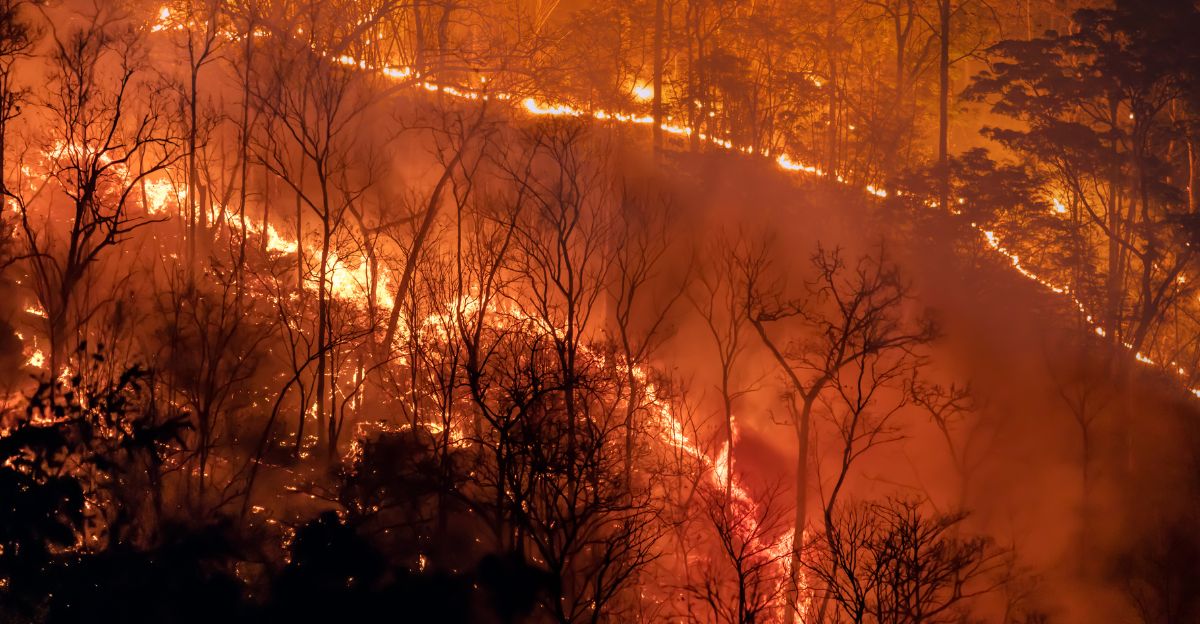
The central culprit behind the haze? Wildfires are raging across Canada. More than 1.58 million acres have already burned this year — about 40% above the decade’s average — and thick smoke has been sent southward into the U.S.
At least 17,000 people in Manitoba alone have been forced to evacuate, and the fires have shown few signs of slowing. As the smoke drifts, it generates dangerous conditions hundreds of miles from the inferno.
Regional Impacts: Minnesota, Michigan, and Texas Hit Hard
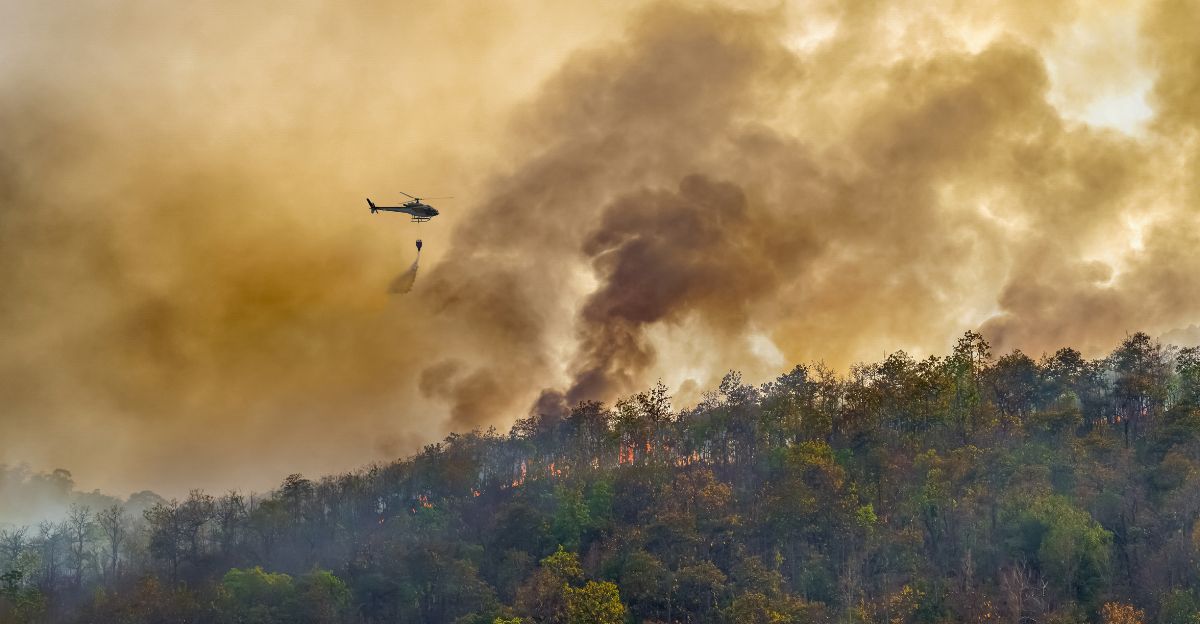
In Minnesota, the entire state is under an air quality alert, with the worst of the smoke expected in northern counties. Michigan’s advisory extends across a vast area of the state, including Grand Rapids, Lansing, Detroit, and the Upper Peninsula.
Texas has Ozone Action Days in major cities, including Dallas, Houston, and El Paso. Each state faces unique challenges, but the message is the same: Stay inside, keep windows closed, and monitor local air quality updates.
Health at Risk: Protecting the Most Vulnerable

Vulnerable populations are of particular concern to health officials. Children, pregnant women, the elderly, and anyone with asthma or heart disease are at increased risk of symptoms such as coughing, chest tightness, and shortness of breath.
Even healthy individuals may experience irritation, runny noses, or difficulty breathing if pollution is particularly bad. The advice: avoid vigorous exercise, use air conditioning with high-efficiency filters, and watch for symptoms.
Wildlife in Danger: The Hidden Toll of Smoke and Fire
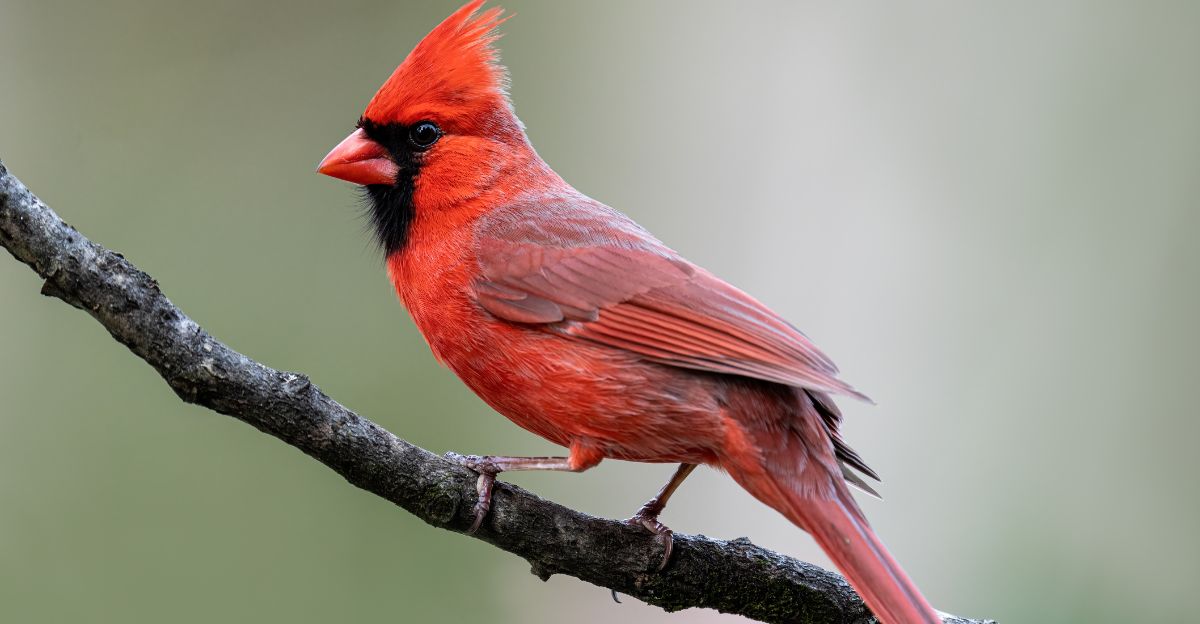
Wildfires and bad air can have a terrible impact on wildlife, just as it does on humans. Thick smoke can make it difficult for birds and mammals to breathe, and they can be left confused and disoriented; many animals flee their habitats in search of cleaner air.
Some species, especially very young or less mobile ones, may not survive the shock or exposure. The fires themselves destroy the food source and shelters, forcing the survivors to find new places to live. As wildfires increase in frequency and intensity, the long-term impact on local animal populations and ecosystems grows increasingly severe.
Everyday Life Disrupted
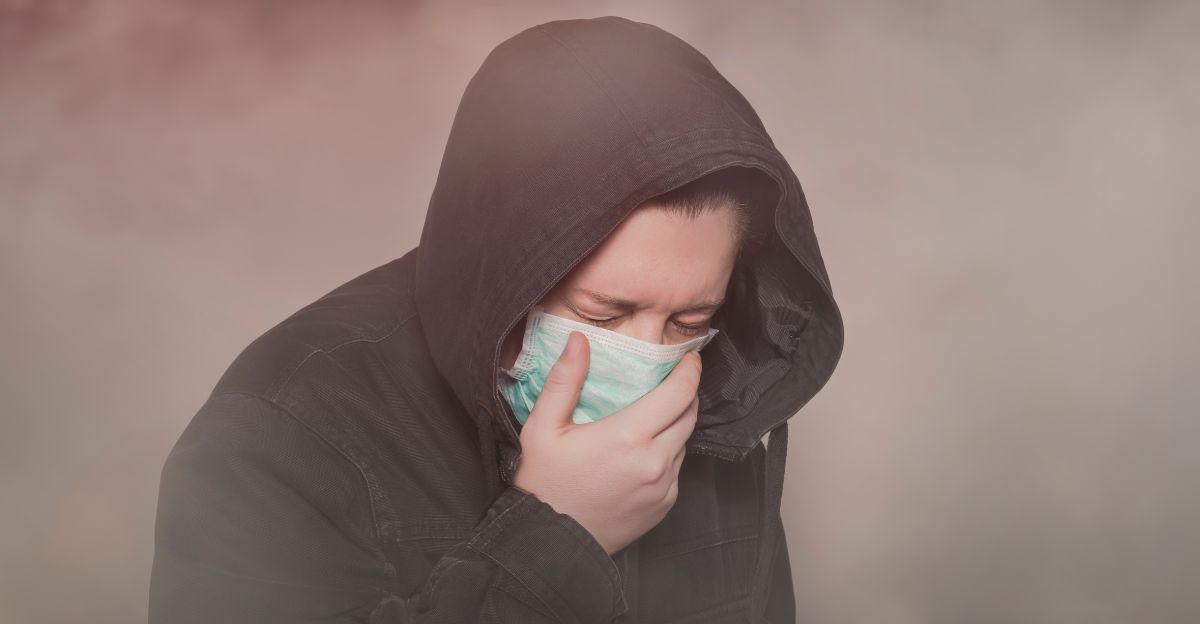
The impact of these alerts is being felt in everyday life. Parents are keeping their children inside, outdoor events are being canceled, and even travel could be impacted if visibility drops further.
There are reports of vivid sunsets and hazy skies, but the novelty quickly fades against the backdrop of health warnings and the need to create clean air spaces at home.
The New Normal
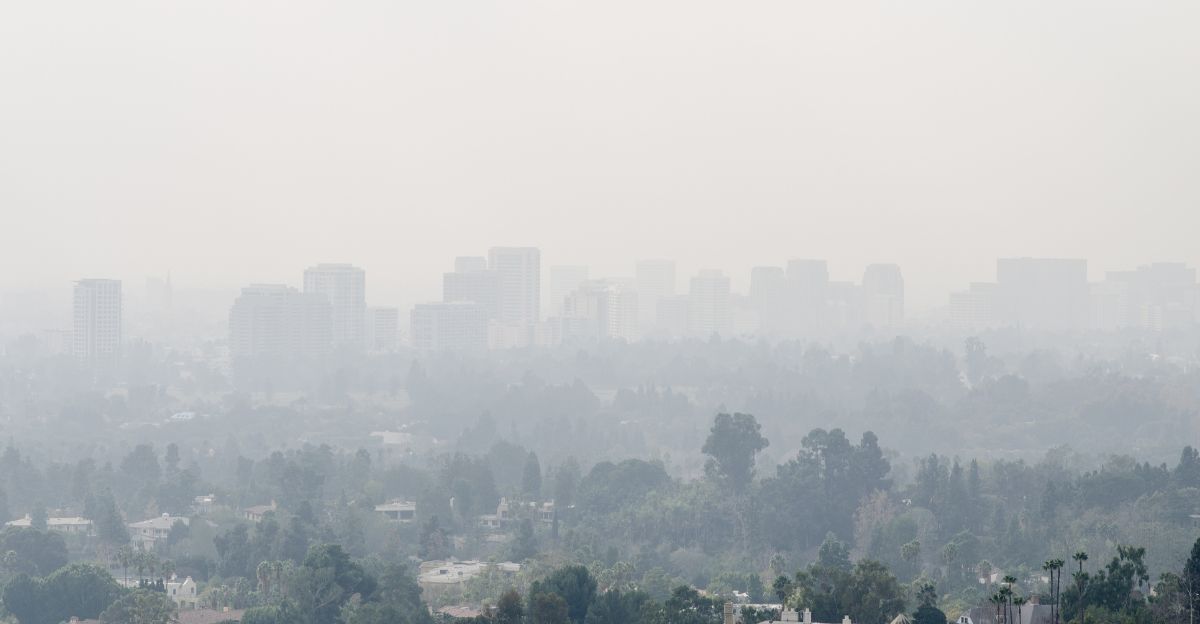
What was once considered a rare occurrence is becoming disturbingly routine. Environmental agencies can now predict these pollution episodes with greater precision, and officials warn that prolonged poor air quality could last for days or even weeks. The growing frequency of these alerts is challenging communities to reconsider the approach to outdoor life and public health.
How Long Will the Danger Last
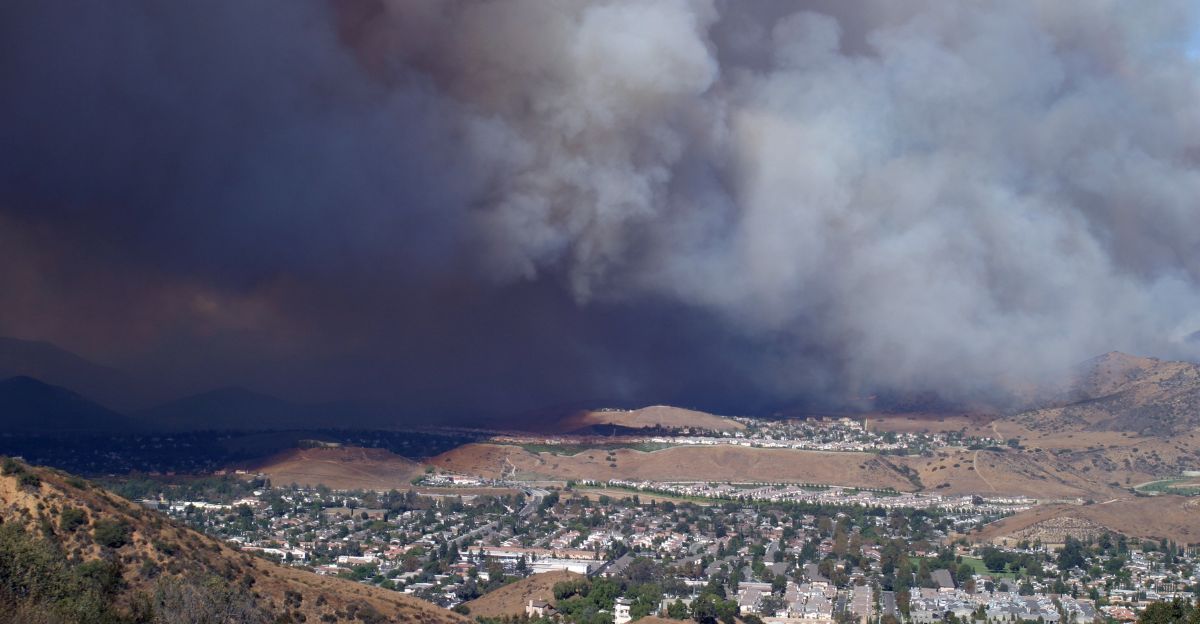
With wildfires continuing to burn in Canada and weather patterns unlikely to shift soon, air quality alerts are expected to extend through the rest of the week and into early next week.
Residents are advised to monitor local news and information from the National Weather Service, the EPA’s AirNow, and local agencies. For now, closing windows and limiting outdoor exposure are still the best defenses, as millions wait for clearer skies — and hope this isn’t a harbinger of summers to come.
Explore more of our trending stories and hit Follow to keep them coming to your feed!

Don’t miss out on more stories like this! Hit the Follow button at the top of this article to stay updated with the latest news. Share your thoughts in the comments—we’d love to hear from you!







